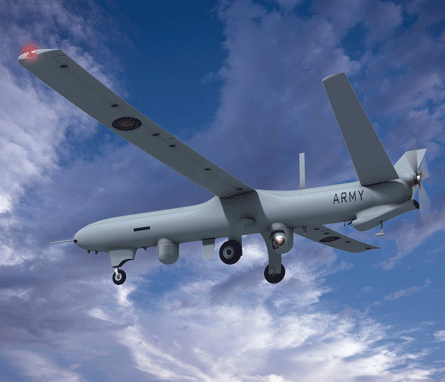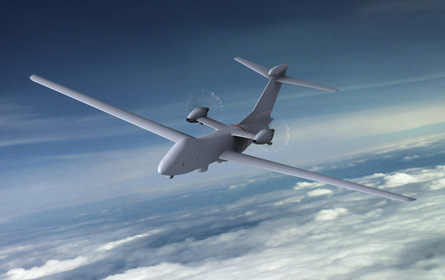The UK Ministry of Defence is close to completing an "achievable, affordable and realistic" unmanned aircraft system strategy out to 2023. Its long-term requirements call for multi-mission assets with sovereign design authority.
Two tactical unmanned air vehicle types are now used by UK forces in Afghanistan and Iraq to gather intelligence, surveillance, target acquisition and reconnaissance (ISTAR) data: the Elbit Systems Hermes 450 and General Atomics' armed MQ-9 Reaper.
As both are flown under urgent operational requirement deals, the UK will lack a sustainably supported capability until the British Army's Thales UK/Elbit Watchkeeper system achieves initial operational capability late next year.
The UK's priorities until 2013 include fielding Watchkeeper and acquiring a funded equivalent for the Royal Air Force's Reapers - possibly retaining the current system, says army Col Dick Park, the MoD's assistant director, UAS capability investigation. But "it will need to look at multi-mission tasking for ISTAR platforms" for the longer term, he told the Bristol International UAV Systems conference on 30 March.
 |
|---|
© ThalesElbit/Thales Watchkeeper UAV |
A strategy document will be produced shortly, using the lessons of a 12-month study process initiated to address what Park describes as "a lack of coherence within the MoD", and to investigate unmanned sector opportunities for the UK aerospace sector. The unfunded study has drawn support from 25 companies, including BAE Systems, EADS, Rolls-Royce, Selex Galileo and Thales.
The MoD has identified 16 capability areas where unmanned systems should be used in the future, with these spanning tasks including ISTAR, deep target attack and theatre airspace. Key attributes for future equipment will be persistence, survivability, autonomy, the effective use of bandwidth and UK design authority, says Park.
One concept for operations by 2023 would see a military user able to submit a request "like a Google search", then rapidly gain access to a variety of collected imagery and data on an area of interest amassed over a period of time.
Possible future equipment includes BAE's armed Mantis UAV, which is soon to fly under a technology demonstration effort, and an "ultra-persistent" design such as the Aerovironment Global Observer, Qinetiq Zephyr or lighter-than-air system. But Park cautions: "We need to project where we might be operating, rather than trying to procure for everything."
 |
|---|
© BAE Systems |
BAE Systems Mantis UAV
To support the long-term interests of UK industry and leverage the "collegiate knowledge" gained through the current study, Park suggests that the MoD could also create a "Team UAS" structure, similar to that established to bring stability to its guided weapons sector.
Source: Flight International























